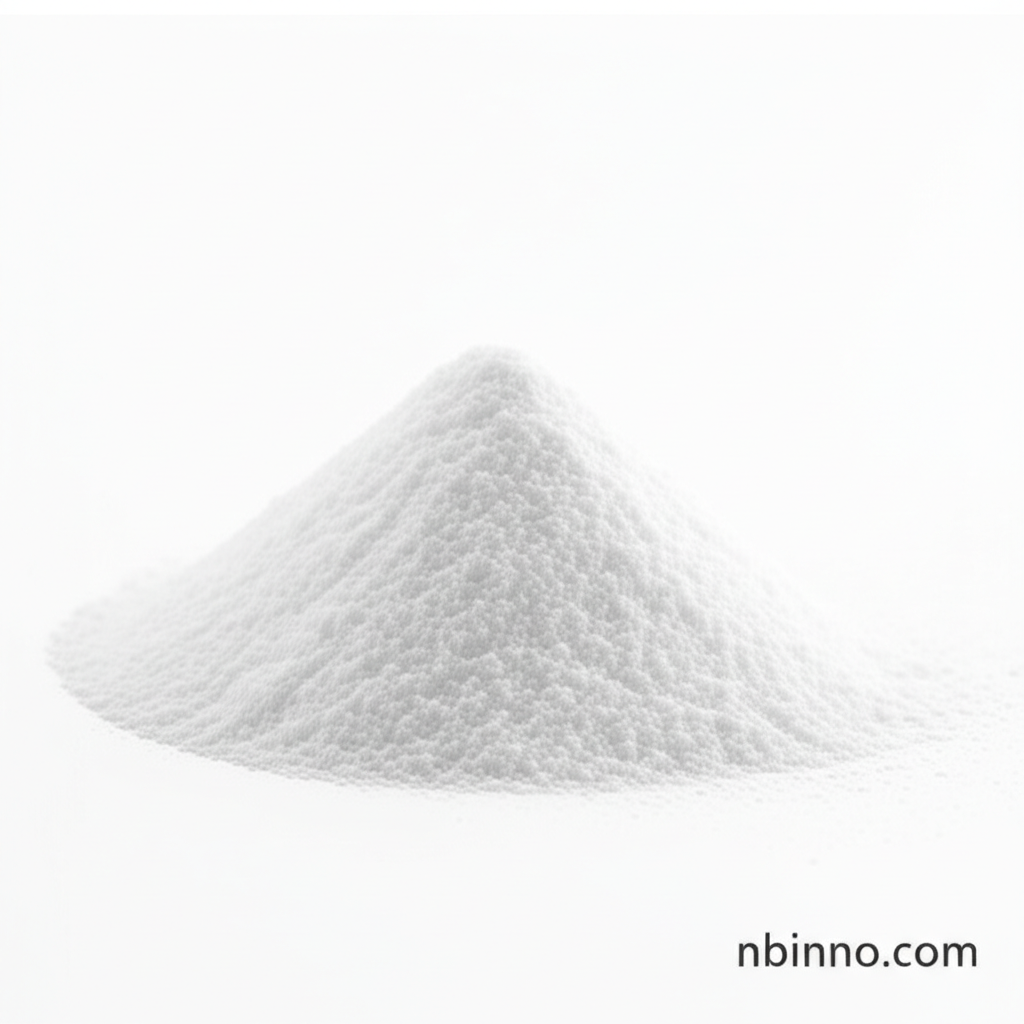4-Chloro-2-methylbenzoic Acid: A Crucial Building Block for Chemical Innovation
Discover the versatility of CAS 7499-07-2, a key intermediate driving advancements in pharmaceuticals and fine chemicals.
Get a Quote & SampleProduct Core Value

4-Chloro-2-methylbenzoic Acid
This compound serves as a vital intermediate in various chemical synthesis pathways. Its unique structure allows for diverse reactions, making it a valuable component in the development of new materials and pharmaceutical compounds. Understanding its properties is key for efficient process design.
- Discover the essential role of 4-chloro-2-methylbenzoic acid synthesis in creating complex organic molecules.
- Explore reliable 4-chloro-2-methylbenzoic acid suppliers to ensure consistent quality for your production needs.
- Leverage CAS 7499-07-2 as a high-purity chemical intermediate for demanding applications.
- Utilize this organic synthesis building block for innovative product development.
Key Advantages
Versatile Reactivity
As a 4-chloro-o-toluic acid applications, its reactive sites enable participation in a wide range of chemical transformations, facilitating the creation of diverse downstream products.
Purity and Consistency
Sourcing from trusted manufacturers ensures the high purity and batch-to-batch consistency essential for pharmaceutical intermediate sourcing and rigorous quality control.
Cost-Effectiveness
Strategic procurement of this building block can lead to cost efficiencies in overall chemical manufacturing, supporting competitive pricing for your end products.
Key Applications
Pharmaceutical Synthesis
The compound is a fundamental component in the synthesis of various active pharmaceutical ingredients (APIs) and intermediates, contributing to the development of new therapeutic agents.
Fine Chemical Production
Used as a building block, it enables the creation of specialty chemicals with tailored properties for diverse industrial applications.
Organic Intermediate
Its chemical structure makes it an ideal starting material for numerous organic reactions, including acylation and esterification, broadening its utility.
Material Science Research
Researchers utilize this chemical in exploring novel materials, leveraging its specific functional groups for material property modification.
Related Technical Articles & Resources
Why Choose Us?
Leverage our expertise and state-of-the-art infrastructure to accelerate your journey from discovery to commercial success.
Global Experience
With 20 years of R&D, manufacturing, and sales experience, we proudly serve clients across 60 countries and regions worldwide.
Advanced Facilities
Our in-house R&D laboratory, pilot platform, and large-scale production workshop are equipped to meet the audit requirements of global customers.
Seamless Scalability
We facilitate a perfect transition from small-scale lab requirements (grams) to full commercialization (hundreds of tons).
